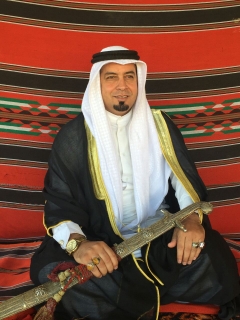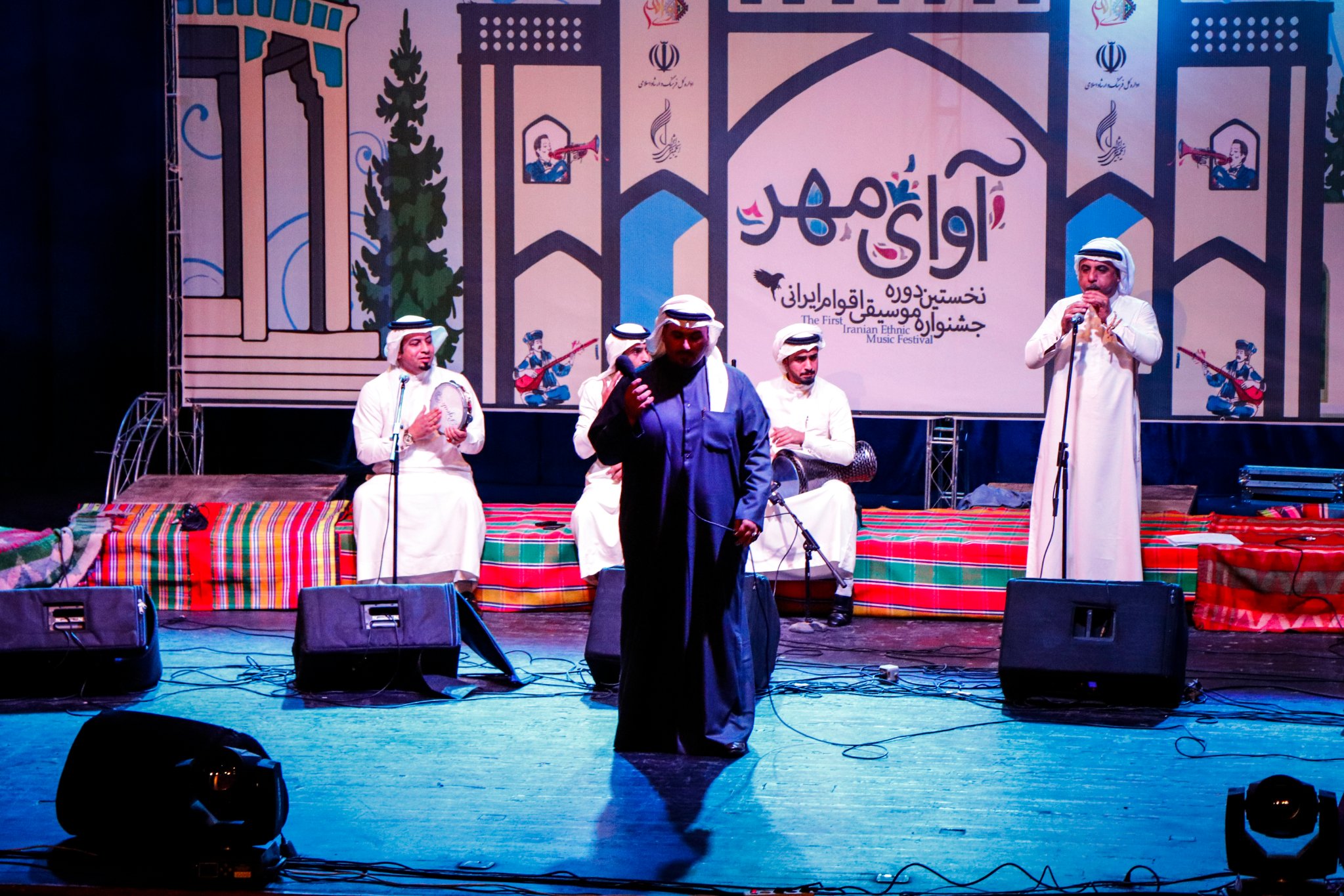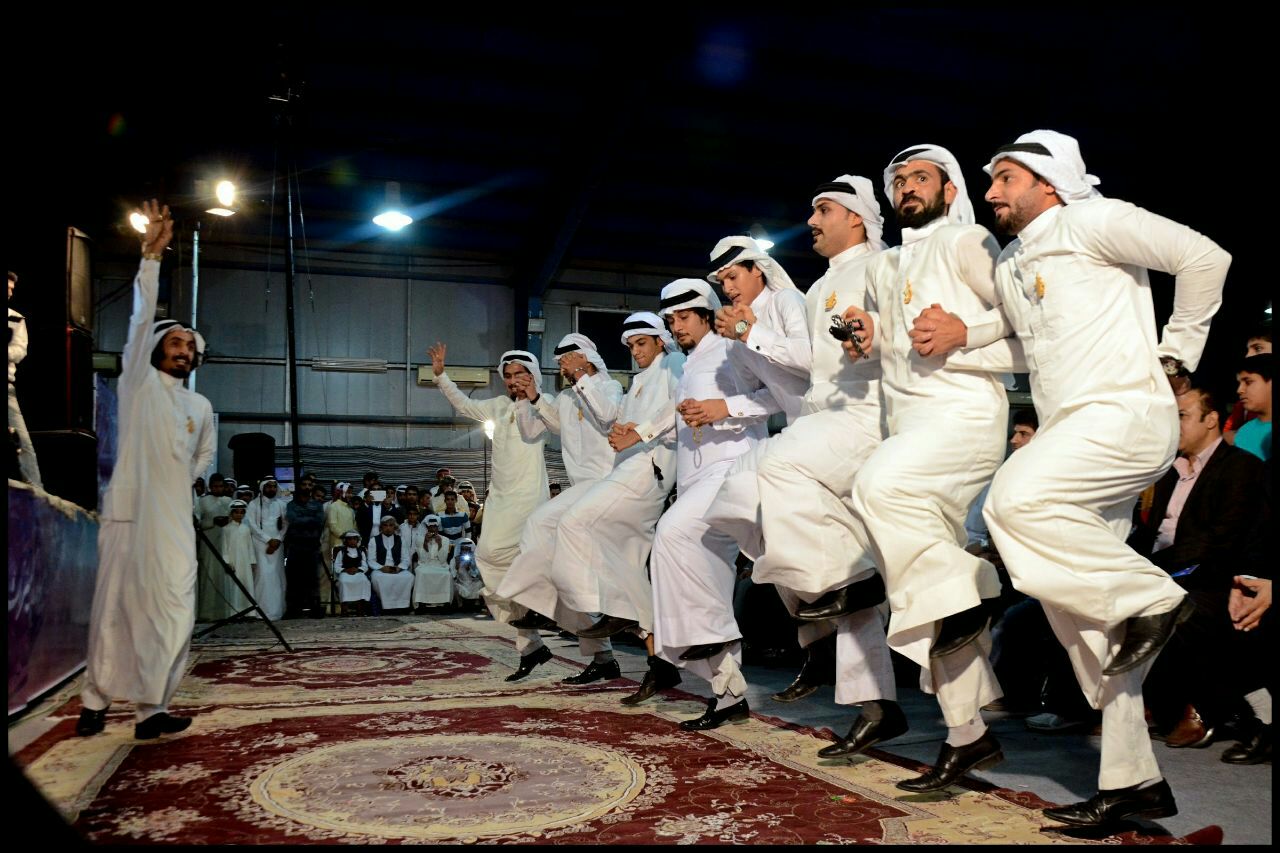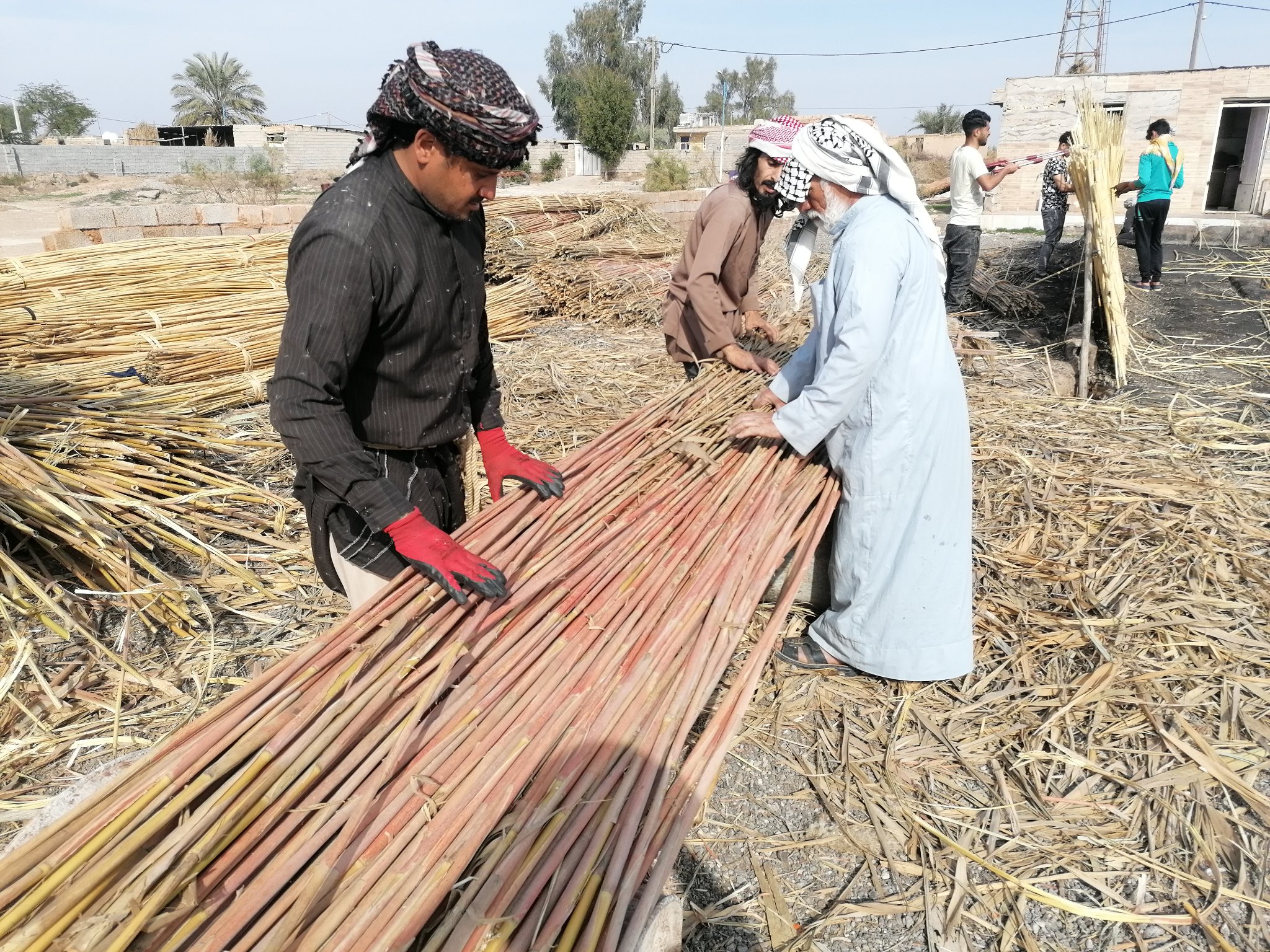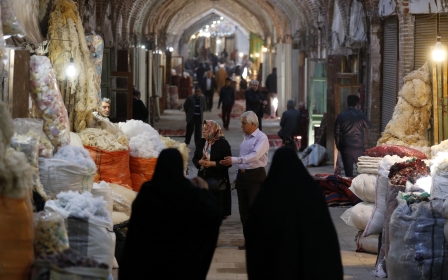One Ahwazi man’s mission to preserve Arab cultural identity in Iran
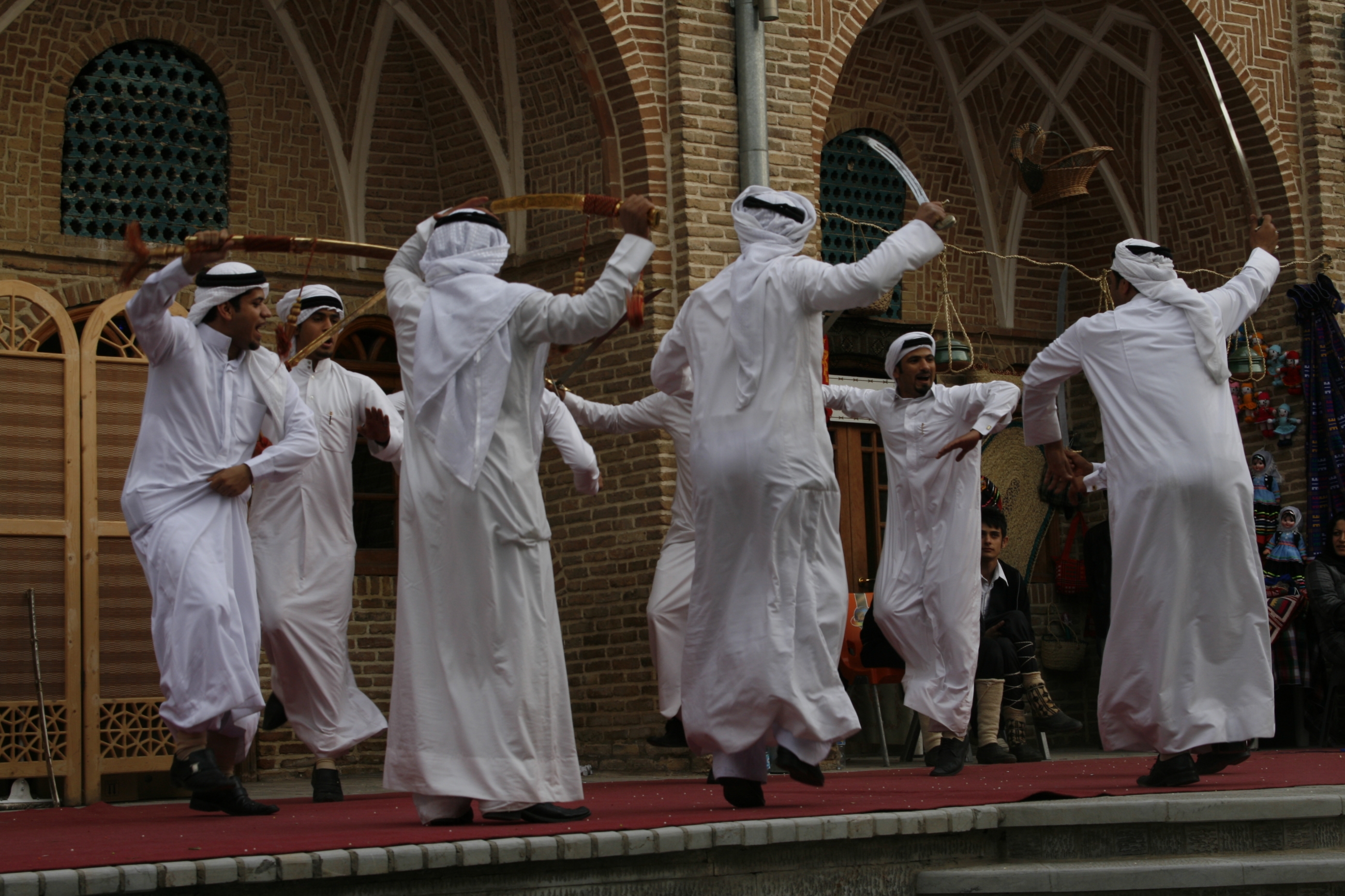
One of the most understated aspects of modern Iran is its mosaic of ethnic groups, ranging from ethnic Persians, who make up the majority, to Turkic groups, such as the Azeris, Kurds and the Baloch, who - like Persians - speak languages belonging to the Iranian language family, and the Arabs of Ahwaz, who live in the southwestern province of Khuzestan.
Basem Hamadi belongs to the last of these. An Ahwazi Arab, he has worked hard since 2001 to promote his culture to international and domestic tourists across Iran.
As the founder and director of Missan, Hamadi, a musician by profession, seeks to protect the cultural heritage of Iran's Arabs, whose 1.6 million people comprise just under two percent of Iran's population of 83 million with some Ahwazi Arab activists putting that number closer to 5 million. Hamadi's mission involves organising cultural events that exhibit everything Ahwazi, from Arabic dance to cuisine.
Presidential support
New MEE newsletter: Jerusalem Dispatch
Sign up to get the latest insights and analysis on Israel-Palestine, alongside Turkey Unpacked and other MEE newsletters
The inspiration to promote Ahwazi culture came to Hamadi during a trip to Iran's capital, Tehran, more than two decades ago.
“I was at a fair where I saw all of Iran’s other ethnic groups present, representing themselves in their traditional clothes, food and music,” Hamadi says. “I asked myself, why don't we have such a thing?”
After speaking with officials from Iran's Ministry of Tourism, he organised a small group of Ahwazi Arabs to take part in similar festivals. In the decades since, Hamadi's group have built a reputable brand, with events held from Tehran in the north to the island of Kish in the south. Today, the Ahwazi take part in around 30 festivals a year.
Hamadi’s efforts have even been championed by the state over the years, and he has received cultural awards for his work - even meeting Iranian President Hassan Rouhani.
Hamadi's current success has not come without a struggle.
At the outset, funds were low and resources scarce, meaning his group could only take part in three events a year. Hamadi would prepare for them by contacting friends and family and asking whether he could borrow items from their homes that represent Ahwazi-Arab culture. These would include traditional Arab coffee pots, known as dallah, and traditional white robes, known locally as dishdasha.
“We prepared with very basic things, yet people were still interested because, for most of them, it was the first time that they have come across Arabs and witnessed traditional Arab dances in real life,” Hamadi tells Middle East Eye.
While Hamadi is keen to champion the collective Arab identity in Iran, he wants to demonstrate that there is also deep diversity within the ethnic group. The musician says that the lifestyle, cultural customs and even Arabic accents of Arabs across Iran vary.
“It all depends on whether they live in the cities, marshes, villages or the deserts," he says. “We take food, poetry, music and cultural customs from each, combine them, and represent all demographics, rather than only showcasing the social life of one. However, there are common features that do exist among us, and so we incorporate these too.”
For example, in some events, Missan’s musicians and singers perform folk songs and poetry adopted from the Arabs of the marshes, the deserts and the villages.
Poetry and dance
A typical Missan performance includes a group of musicians, and a singer, all dressed in shimmering white dishdashas, singing folk songs or reciting poems in the local Arabic dialect.
The specific dialect spoken in Ahwaz is a variety of Gelet, a subgroup of Mesopotamian Arabic, which shares strong similarities with the Arabic dialects spoken in southern Iraq and contains pre-Islamic Mesopotamian influences.
Poetry is an integral part of Ahwazi Arabic music and culture. The Alwaniyah music style, for example, is one type that embodies traditional poetic styles. Emerging towards the end of the 1950s, it is named after the renowned Ahwazi Arab singer Alwan al Showaya, who was the first person to sing in the style. Alwaniyah music is distinctive in its use of heroic poems, with themes of courage, hospitality and bravery. Today, Alwaniyah has transcended borders and been adopted by singers in Iraq.
“Poetry is a source of understanding," says Hamadi. "Through poetry, we can introduce our identity and our traditions. These poems interest and empower people."
The most common dances performed by members of Missan are the sword and chobi dances. The chobi is performed in a long line, either straight or curved, and involves swaying and foot-stomping.
To Hamadi, the dances are not only a form of cultural expression but a way of preserving culture. "The sword dance and chobi as traditions were beginning to disappear, except perhaps at weddings, where a small group of men would gather in the corner and do the dances.”
Having watched both begin to fade amid the growing popularity of more modern dance forms, he has sought to revive them through Missan.
“Before we began performing the chobi, we went into towns and villages, asking only the elderly people to show us how to chobi the proper way. We did this so we can dance in the most authentic and nicest way possible for audiences,” Hamadi says.
The ‘mudhif’
Hamadi has recently built a complex, consisting of three different traditional Arab houses, each representing what he describes as the “social landmarks of Ahwazi Arabs”.
There is a house made out of reeds to represent the Arabs of the marshes, a tent made out of wool to represent the inhabitants of the desert, and one house made of mud-brick to symbolise the lifestyle of Arabs living in villages.
Historically, Arab houses were made out of local materials that were in abundance, such as mud, stone, reeds and sometimes wood. The Arab houses found in the marshlands of Iran and Iraq are made out of reeds and called mudhif in Arabic.
Hamadi believes they are one of the many rich parts of Ahwazi Arabs' cultural heritage that are gradually being forgotten. During the Iraq-Iran war, the marsh Ahwazi Arabs - and their Iraqi counterparts - were forced to migrate to other areas, leaving behind these traditional structures.
Hamadi and his group have continued to build their own, using old techniques and the expertise of elderly Arabs, who still remember traditional methods. The team creates the homes from scratch with reeds, either at festivals or as local tourist attractions, where Ahwazis host visitors inside, with a traditional tea and coffee ceremony.
Passing on traditions
Hamadi knows his efforts will amount to little unless there are others to carry on his work. To that end, he has also sought to stress the importance of his culture to his community's youth.
Every year, Hamadi invites children to take part in “Gargee'an”, a popular celebration in Ahwaz, and the Gulf states, that takes part during the holy month of Ramadan. On the 15th night, children dress in their traditional clothes, sing traditional songs, and go door-to-door to receive sweets.
Throughout the year, Hamadi also gives young Ahwazi Arab boys the opportunity to perform in cultural events. He encourages them to wear their dishdashas and has created after-school classes to educate them in local Arab culture.
Hamadi wants the peaceful co-existence of all ethnic groups in Iran, but believes in the importance of preserving tradition for the survival of a culture. Missan's motto is Lan Netwoqof, Arabic for “we will not stop”, signalling its determination to preserve the Arab identity of Ahwazi Arabs through performances, festivals and events.
“We now have hope that we will take part in events and festivals beyond Iran,” Hamadi says, with typical enthusiasm.
Middle East Eye delivers independent and unrivalled coverage and analysis of the Middle East, North Africa and beyond. To learn more about republishing this content and the associated fees, please fill out this form. More about MEE can be found here.


